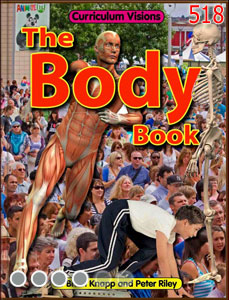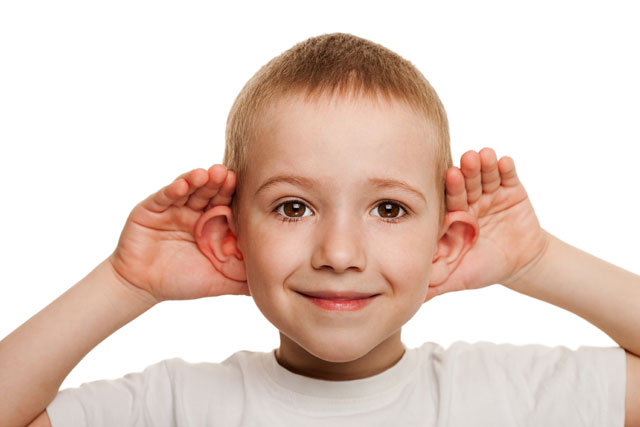Your ear is the part of the body that senses sound. But it does more than that. Having two ears means that you can work out where other things are (3D sound). Your ears also control your balance.
If you look at animal ears you will see that the 'trumpet' part that gathers sound waves is a very different shape. However, what goes on inside all ears is much the same.
The trumpet part of the ear is on the side of your head so that it can pick up sounds from all directions. But the ear is shaped so that it picks up sounds in front of you best, so you can detect sounds that are farther away. Most of the things you want to know about are in front of you.
The trumpet (outer ear) ends in a very thin flexible disc called the ear drum. This separates the rest of the ear from the outside world. It is easily punctured, causing great pain, and is the reason sharp objects should never be poked into ears.
Behind the ear drum is a collection of small bones whose job is to transfer the vibrations (sound waves) made by the ear drum into signals that can be sent to the inner ear and then to the brain. At the same time, the arrangement of the bones makes the sound thirty times louder. It is the middle ear that can become unbalanced when you change height in a plane, for example, when air pressure changes quickly.
The sound transferred along these bones reaches another small disc which separates it from the inner ear. The inner ear is filled with fluid. As the pressure of the bones changes on the disc, so the pressure in the fluid of the inner ear changes, and this affects tiny hairs in this fluid. These tell us about our balance and also change sound movement into electrical signals that then go to the brain.
The human ear can generally hear sounds with frequencies between 20 Hz and 20 kHz. Other animals have ears that can hear both lower and high sounds that we cannot.








